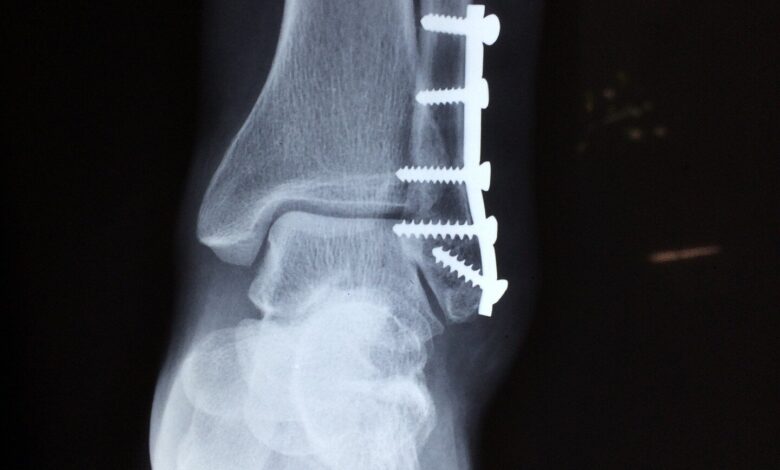Artificial intelligence techniques can help clinicians assess and treat patients with bone fractures

× close
Investigators have applied artificial intelligence techniques to gait analyses and medical records data to provide insights about individuals with leg fractures and aspects of their recovery.
The study, which is published in the Journal of Orthopaedic Research, uncovered a significant association between the rates of hospital readmission after fracture surgery and the presence of underlying medical conditions. Correlations were also found between underlying medical conditions and orthopedic complications, although these links were not significant.
It was also apparent that gait analyses in the early postinjury phase offer valuable insights into the injury’s impact on locomotion and recovery. For clinical professionals, these patterns were key to optimizing rehabilitation strategies.
“Our findings demonstrate the profound impact that integrating machine learning and gait analysis into orthopedic practice can have, not only in improving the accuracy of post-injury complication predictions but also in tailoring rehabilitation strategies to individual patient needs,” said corresponding author Mostafa Rezapour, Ph.D., of Wake Forest University School of Medicine. “This approach represents a pivotal shift towards more personalized, predictive, and ultimately more effective orthopedic care.”
Dr. Rezapour added that the study underscores the critical importance of adopting a holistic view that encompasses not just the mechanical aspects of injury recovery but also the broader spectrum of patient health. “This is a step forward in our quest to optimize rehabilitation strategies, reduce recovery times, and improve overall quality of life for patients with lower extremity fractures,” he said.
More information:
Employing Machine Learning to Enhance Fracture Recovery Insights through Gait Analysis, Journal of Orthopaedic Research (2024). DOI: 10.1002/jor.25837



